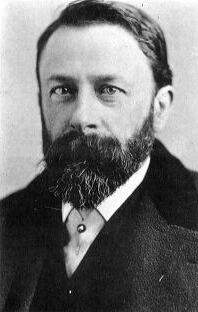
Albert Bierstadt was a German American painter best known for his lavish, sweeping landscapes of the American West. He joined several journeys of the Westward Expansion to paint the scenes. He was not the first artist to record the sites, but he was the foremost painter of them for the remainder of the 19th century.

Winslow Homer was an American landscape painter and illustrator, best known for his marine subjects. He is considered one of the foremost painters of 19th-century America and a preeminent figure in American art in general.

Peter Hurd was an American painter whose work is strongly associated with the people and landscapes of San Patricio, New Mexico, where he lived from the 1930s. He is equally acclaimed for his portraits and his western landscapes.
Henriette Wyeth Hurd was an American artist noted for her portraits and still life paintings. The eldest daughter of illustrator N.C. Wyeth, she studied painting with her father and brother Andrew Wyeth at their home and studio in Chadds Ford, Pennsylvania.

Andrew Newell Wyeth was an American visual artist, primarily a realist painter, working predominantly in a regionalist style. He believed he was also an abstractionist, portraying subjects in a new, meaningful way. The son of N. C. Wyeth and father of Jamie Wyeth, he was one of the best-known U.S. artists of the middle 20th century. James H. Duff explores the art and lives of the three men in An American Vision: Three Generations of Wyeth Art. Raised with an appreciation of nature, Wyeth took walks that fired his imagination. Henry David Thoreau, Robert Frost, and King Vidor's The Big Parade (1925) inspired him intellectually and artistically. Wyeth featured in a documentary The Metaphor in which he discussed Vidor's influence on the creation of his works of art, like Winter 1946 and Portrait of Ralph Kline. Wyeth was also inspired by Winslow Homer and Renaissance artists.
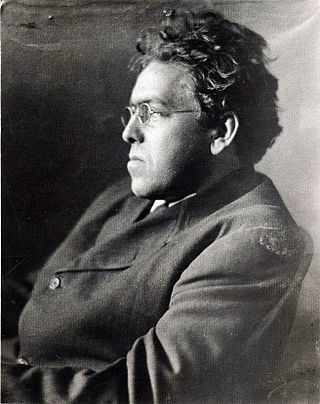
Newell Convers Wyeth, known as N. C. Wyeth, was an American painter and illustrator. He was a student of Howard Pyle and became one of America's most well-known illustrators. Wyeth created more than 3,000 paintings and illustrated 112 books — 25 of them for Scribner's, the Scribner Classics, which is the body of work for which he is best known. The first of these, Treasure Island, was one of his masterpieces and the proceeds paid for his studio. Wyeth was a realist painter at a time when the camera and photography began to compete with his craft. Sometimes seen as melodramatic, his illustrations were designed to be understood quickly. Wyeth, who was both a painter and an illustrator, understood the difference, and said in 1908, "Painting and illustration cannot be mixed—one cannot merge from one into the other."
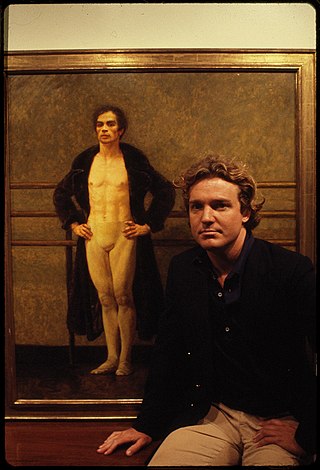
James Browning Wyeth is an American realist painter, son of Andrew Wyeth, and grandson of N.C. Wyeth. He was raised in Chadds Ford Township, Pennsylvania, and is artistic heir to the Brandywine School tradition — painters who worked in the rural Brandywine River area of Delaware and Pennsylvania, portraying its people, animals, and landscape.
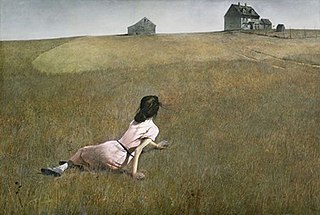
Christina's World is a 1948 painting by American painter Andrew Wyeth and one of the best-known American paintings of the mid-20th century. It is a tempera work done in a realist style, depicting a woman semi-reclining on the ground in a treeless, mostly tawny field, looking up at a gray house on the horizon; a barn and various other small outbuildings are adjacent to the house. It is held by the Museum of Modern Art, in New York.

Abbott Handerson Thayer was an American artist, naturalist, and teacher. As a painter of portraits, figures, animals, and landscapes, he enjoyed a certain prominence during his lifetime, and his paintings are represented in major American art collections. He is perhaps best known for his 'angel' paintings, some of which use his children as models.
The Farnsworth Art Museum in Rockland, Maine, United States, is an art museum that specializes in American art. Its permanent collection includes works by such artists as Gilbert Stuart, Thomas Sully, Thomas Eakins, Eastman Johnson, Fitz Henry Lane, Frank Benson, Childe Hassam, and Maurice Prendergast, as well as a significant collection of works by the 20th-century sculptor Louise Nevelson. Four galleries are devoted to contemporary art.

Tenants Harbor Light, also known as Southern Island Light, is a lighthouse at the mouth of Tenants Harbor, St. George, Maine, United States. It appears in paintings by Andrew Wyeth and his son Jamie Wyeth, who have owned the lighthouse since 1978.

The Helga Pictures are a series of more than 268 paintings and drawings of German model Helga Testorf created by American artist Andrew Wyeth between 1971 and 1985.
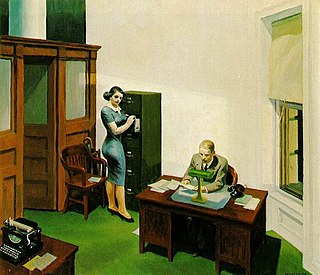
Office at Night is a 1940 oil-on-canvas painting by the American realist painter Edward Hopper. It is owned by the Walker Art Center in Minneapolis, Minnesota, which purchased it in 1948.

Olson House is a 14-room Colonial farmhouse in Cushing, Maine. The house was made famous by its depiction in Andrew Wyeth's Christina's World. The house and its occupants, Christina and Alvaro Olson, were depicted in numerous paintings and sketches by Wyeth from 1939 to 1968. The house was designated as a National Historic Landmark in June 2011. The Farnsworth Art Museum owns the house; it is open to the public.
Warren Adelson is an American art dealer, art historian, and author specializing in 19th and 20th-century American Painting as well as contemporary art.
Richard Sumner Meryman was an American journalist, biographer, and Life magazine writer and editor. He pioneered the monologue-style personality profile, beginning with a famous Marilyn Monroe interview, published two days before her death in 1962, which became the basis for a 1992 HBO program, Marilyn: The Last Interview.

Evening at Kuerners is a 1970 painting by the American artist Andrew Wyeth. It is one of Wyeth's paintings of the Kuerner Farm in Chadds Ford, Pennsylvania. The white farmhouse and a springhouse are depicted at sunset. In the foreground are also two leafless trees and a stream of water which runs from a nearby pond.
American composer, pianist and painter Ann Wyeth McCoy was the youngest daughter of artist-illustrator N.C. Wyeth and the fourth of his five children. She was born in Chadds Ford, Pennsylvania. Ann had a life-long interest in antique porcelain dolls, which began in 1923 when she received her first doll as a gift from her parents on her eighth birthday. Each subsequent birthday and Christmas during her childhood, she received another doll. From 1972 to 2004 her doll collection was exhibited at the Brandywine River Museum in Chadds Ford during the Christmas holidays.
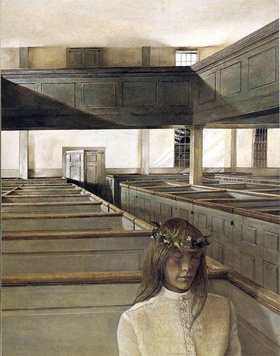
Maidenhair is a 1974 painting by the American artist Andrew Wyeth. It depicts a young bride-to-be sitting alone in the Old German Meeting House in Waldoboro, Maine.

Ground Swell is a 1939 painting by American artist Edward Hopper which depicts five people on a heeling catboat in a light swell, looking at an ominous buoy. It was in the collection of the Corcoran Gallery of Art from 1943 until it was purchased by the National Gallery of Art in Washington, D.C. in 2014.















